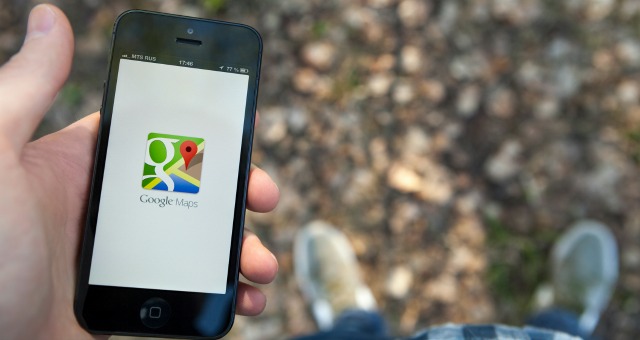Teaching first-semester freshmen presents some unique challenges. You are teaching them not only your subject, but also how to be college students. One of the best strategies I have found is to begin with a collaborative project that asks them to research their new home: the campus.
Outcomes
I designed this project for a composition course, but it can be adapted to any discipline because its primary outcomes are teaching students how to collaborate, think critically about their audience, develop 21st-century literacy skills, and communicate effectively.
Components
Working in teams of five, students were tasked with creating one-hour themed walking tours of the Auburn University campus using Google Maps. Teams were responsible for collaborating to decide the audience, destinations, and design features of the map, whereas individuals composed the content that pops up when you click on a map point. Instead of an essay read only by me, teams submitted a URL to a custom Google Map that traces a walkable route through the campus with five destinations, each consisting of an informative article augmented by content from Auburn’s Digital Library.
To emphasize audience and raise the stakes, teams had to make their maps public and promote them through social media. Google Maps tracks page views, and teams competed throughout the semester to get the most (the winning team had more than 2,000 page views). Gamifying the assignment motivated teams to continue making edits after they received their grade, and the data rewarded the behavior.
This project was enhanced with a research component that required students to find a source in a digital format to inform their writing about specific locations on campus—such as, historic postcards, 1920s sheet music, or “On this day in history . . .” headlines from the campus newspaper published in the previous century. Searching digital archives led to awareness about the limits of Google, which led to greater literacy about genres, media, and information. It also taught these new students about the library’s online offerings and how to navigate the digital terrain in order to find material that supported their mapping of the physical terrain.
Procedure
The project began with empathy-building brainstorming exercises. Each team was given three different audiences and had to collaborate on appropriate campus destinations and routes. Students were challenged to accommodate physical and sensory impairments as well as non-native speakers and other diversifying factors. This put pressure on them to experience the physical campus through another’s perspective and quickly turned to a conversation about mobile technology and how it might be used to augment an experience of place. Students were quick to point out, for example, that audio recordings of their writing would benefit the visually impaired, whereas tourists with mobility issues might appreciate accommodated parking and a route following ramped curbs and accessible building entrances.
Next, they were tasked with generating 10 new possible audiences on Auburn’s campus that semester who might be interested in taking a walking tour. These were posted on whiteboards around the room, and teams gave each other feedback, discussing the pros and cons of each proposal (e.g., “Critter Crawl for Forestry Majors,” “Tour of Auburn for Bama Fans,” “The Sweethearts’ Tour,” “Alumni Tour,” etc.) and voting for their favorite. Their homework was to conduct physical research—walk the campus and look for points of interest and inspiration—before coming together during the next class to finalize their choice of audience and purpose.
The project timeline spanned three weeks. Week one consisted of brainstorming and collaboration culminating in the team’s choice of audience, destinations, and route. During week two, individuals composed drafts of their informative essays outside of class and collaborated on customizing the Google Map and researching the digital archives in class. Week three was dedicated to revision. Team members edited one another’s writing and shared links so others could take their tour and offer feedback using the Google Map comments box.
Assessment
I measured outcomes with a team rubric assessing elements of design, technical competency, consistency, and cohesion of the tour. I also used an individual rubric to assess the content and style of individual writing. Following the project, students composed short-answer reflections on their experience in response to questions about where they struggled, what they learned about collaboration, and what the project taught them about their own learning style. One of the most widely shared takeaways was that students came to appreciate that group work does not mean less work: “I have learned that it takes a maximum amount of effort from each person individually to work well as a team.” Also, they valued their ability to contribute to a collective effort: “I feel very proud of myself for being able to work in a group and be able [sic] to depend on others to do their part.” Beyond measured outcomes, the benefits of introducing this project to first-semester freshmen were that it gave them a meaningful peer-to-peer interaction as well as the opportunity to learn more about the resources and history of their campus; in other words, to make themselves at home.
For more about this assignment, including links to the Google Maps developed by students, visit http://douko.weebly.com/google-mapping-my-campus.html
Dr. Lindsay Doukopoulos is a lecturer in Auburn University’s English Department. Her pedagogy emphasizes experiential, active, and team-based learning, while her research focuses on digital artifacts of learning, including multi-modal composition pedagogy, digital badges, and eportfolios.
© Magna Publications. All rights reserved.






